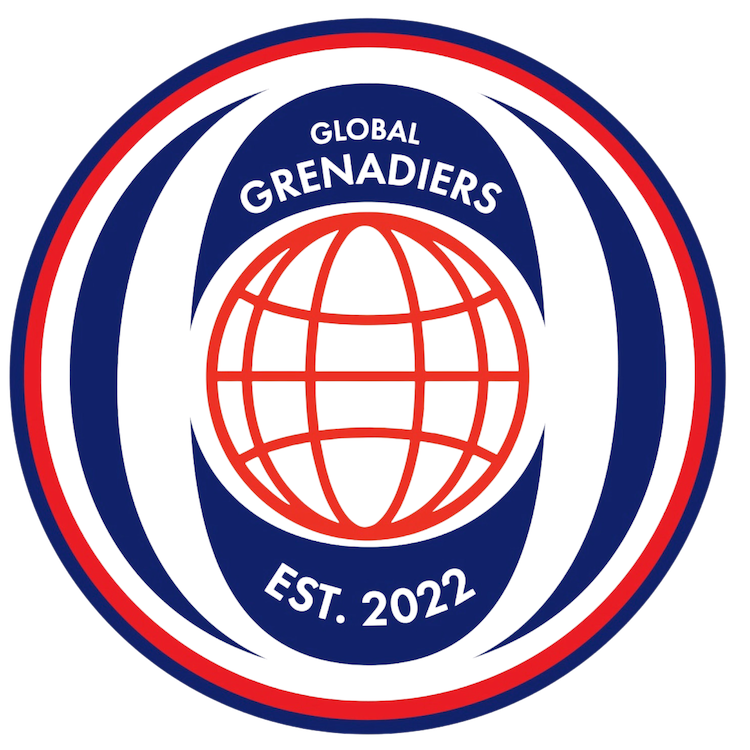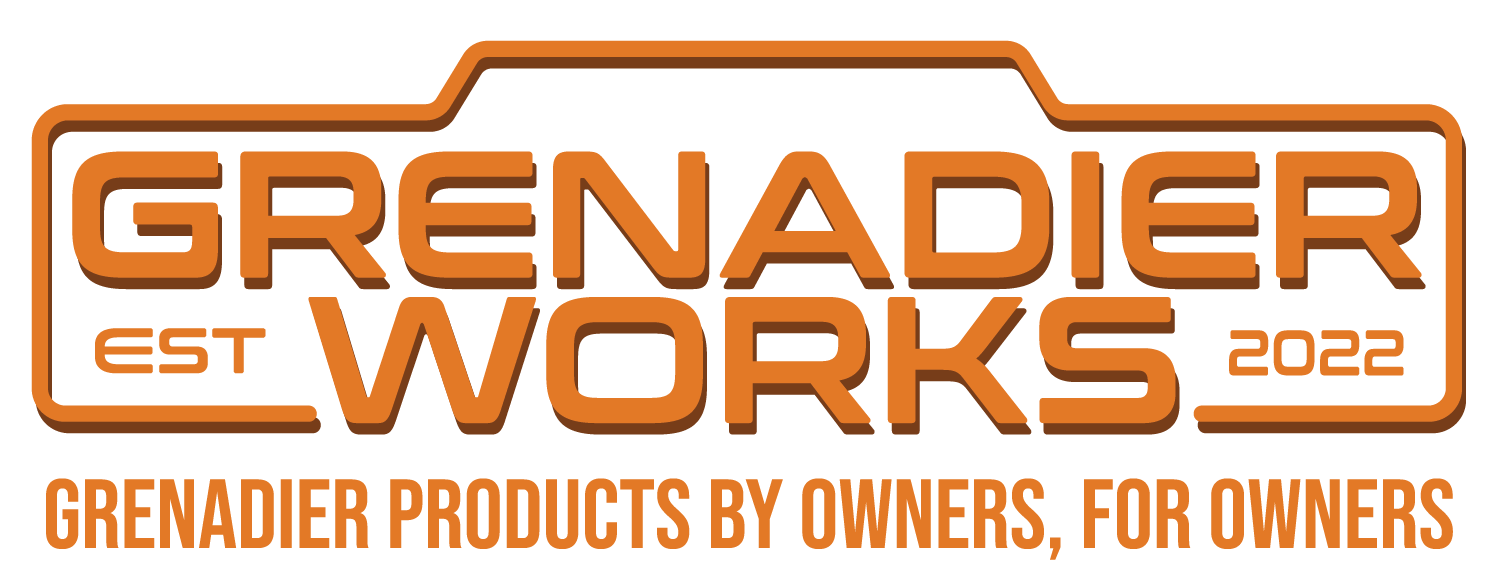Ok. I'm sorry you're offended, trucks to me are tools, a means to an end, and I'm no one manufacturers fanboy. I came here because it's a specialist sight for the rig, figuring I'd get details, not rumors, and I'm running into a specific, unexpected issue, as I was told this "easy to adapt" truck would have off the shelf front and rear winch options. But as far as vehicle application goes, from now on I'll stick to application sites for those in depth experience necessary discussions. So, I'll just cover this quickly one by one.
1) The truck is the machine, and the winch is there to protect the truck and the environment. Lets think of a lathe as an analogy. The blades aren't cheap, and one does what they can to keep them in good shape, but in the end, during the life and use of the machine they wear out and get replaced. The winch to the truck, is like the blade to the lathe. It's an expendable. In turn, The rope is the expendable to the winch! One works to keep them nice and clean, but in the end, they get tossed if merely for age. I won't use business colloquial terms anymore, so as to not cause any misunderstanding. My bad.
2) They didn't just make a particular choice. Think about it. How do you suppose the standard winch line got to be 100 feet? Why is there a standard fairlead with relatively common drum sizes? Why didn't the market dictate continued use of 150ft like an 8274 or a bellview when it evolved to planetary winches? Why didnt they just keep shrinking the standard spool to 50 feet? Simple.... the market dictated. 150ft is nice but came with the penalty of line wraps, drum size and unit weight. The last 50 ft of line being seldom used insurance. Whereas, a line that's merely 50ft almost never reaches an ideal anchor point in the wild. It far too frequently just isn't enough. No one buys a 50ft unit for this application. The standard is 100 because it's the best all around compromise that remains fully functional. I doubt Sir Jim leaned over the prints and said, "I don't want my winch to use industry standard off the shelf lines or have an industry standard footprint! It only makes sense to have the winch be a bespoke unit in a truck I told the world would be modular and easy to use!".
3) A common warn 9.5xp-s is 68 pounds and the portable cradle is 30.1... 98.1 pounds... I guess technically I exaggerated. A frige typically has a permanent slide with the cargo space built around its use. Thats a straw argument.
4) There are times you'll find yourself nose down in the deep mud, or maybe you've slid sideways on an off camber trail and the tree is up against the bumper. How are you gong to get a 100 pound foot long device into the low front hitch buried in the mud, and then plugged in? Are you going to cut the tree down that impeded your decent, to mount the unit? And what about your line pull angle? What if you have to utilize your spare as fulcrum to lift the front of your truck over the obstacle, like exiting a 6' deep creek bed? Is a tow hitch really a good option for that, or does that seem a bit mickey Mouse given the option to avoid it.
5) What exactly do I lose if don't buy something that can't do the job?



